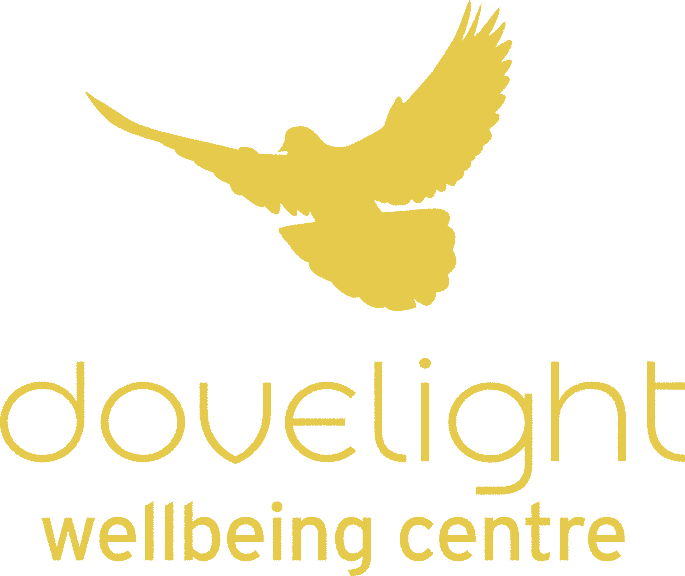A Body-Oriented Approach to Managing Anxiety and Panic Attacks
Experiencing anxiety can be incredibly debilitating. It can make it difficult to function in your daily life, made worse by tiredness from a disrupted sleep pattern. For many, the overwhelming unpleasant sensations can lead to full on panic attacks. To be able to maintain your agency when you start to feel overwhelmed, it is essential to be able to draw on coping strategies so that you can maintain the capacity to function in your day to day life
How can this be achieved? Having worked with many clients who are strugging with anxiety, I have found that an effective way lies in your initial response to anxiety. It is better to be able to recognise the onset as quickly as possible rather than ignoring the signs or overriding, which is a common and unhelpful response.
Symptoms of anxiety are first expressed in the body and can include an increased heart rate, a tightening in the chest, a knotted stomach, or even sweaty palms. Being able to quickly recognise these symptoms as they arise and not fear them, is the first step in coping with and managing them. It is essential to hold onto the mantra that ‘’this is anxiety and there is something I can do to help myself’’ i.e.maintaining a sense of agency. This will help you to remain the driver rather than becoming a passenger in your own experience.
The next step is to bring awareness to the breath. Notice whether the breath is being held, is it becoming shallow? Whatever is happening with the breathing, try to return it to a more relaxed and natural rhythm. Imagine breathing into the areas of the body in which you are experiencing symptoms of anxiety.. For example, if you are aware of a tightened chest, try to feel the breath more as it enters the chest. Notice that the breath can expand the chest, even if only slightly. Establish and maintain a longer slower breathing pattern rather than a faster one, and resist the temptation to force the breathing. A more relaxed and deeper breath will help soften the tight chest muscles. A longer outbreath will help relax the breath itself. Some instructors advise counting the length of the in-breath, e.g. counting to four as you breathe in, then counting five or six for the out-breath, this will also help focus your mind.
Being able to breathe deeply into the body and feel the breath expand the belly can give a powerful reduction in bodily activation and a sense of being better in control of feelings of discomfort or agitation. With good focus on the breathing pattern, it becomes possible to feel that heightened state of tension gradually release.
While breathing techniques are great if you find yourself experiencing anxiety, it can be almost impossible to focus on your breathing when you find yourself in highly activating surroundings, such as crowded spaces. I would agree with the above if there has been no practice of connecting with the breath beforehand. It is analogous to a person trying to learn to swim after being thrown in the deep end. Not easy! This is why it is necessary to practice controlling your breathing in calmer moments,. even whilst walking along the street it is possible to devote some time to noticing the breathing. When there is a better felt sense of the body and an enhanced awareness of how your body’s movement can impact your breathing, it is possible to draw on the support of breathing techniques in all situations, even the more stressful ones.
In Summary:
Firstly, learn to recognise the indicators of anxiety as they arise in the body.
Mentally acknowledge that you are becoming anxious, and that in time it will pass if you do not fear what is happening.
Affirm that you can retain agency no matter how strong the feelings of anxiety.
Assess where in the body you are experiencingl these sensations; Chest? Belly? Shoulders? Limbs?
Bring awareness to the breath and direct it to the parts of the body where there is the greatest activation.
Keep the breath as deep and relaxed as possible, and lengthen the out-breath relative to the in-breath.
Don’t force your breath in an effort to push away feelings you don’t like, but think of it as a means of releasing, softening, or letting go of them.
Holding your attention on the breath and activated parts of the body will eventually reduce your anxiety symptoms.
Finally, I would like to emphasise that I have briefly described one way of managing anxiety, not a way of treating or healing any possible causes. When anxiety is a regular or long-term experience, it would be wise to investigate some form of therapy to explore the root cause of the condition.

